Saint George Greek Orthodox Cathedral
Aperçu
Caractéristiques et classifications
Tous les avis (0)

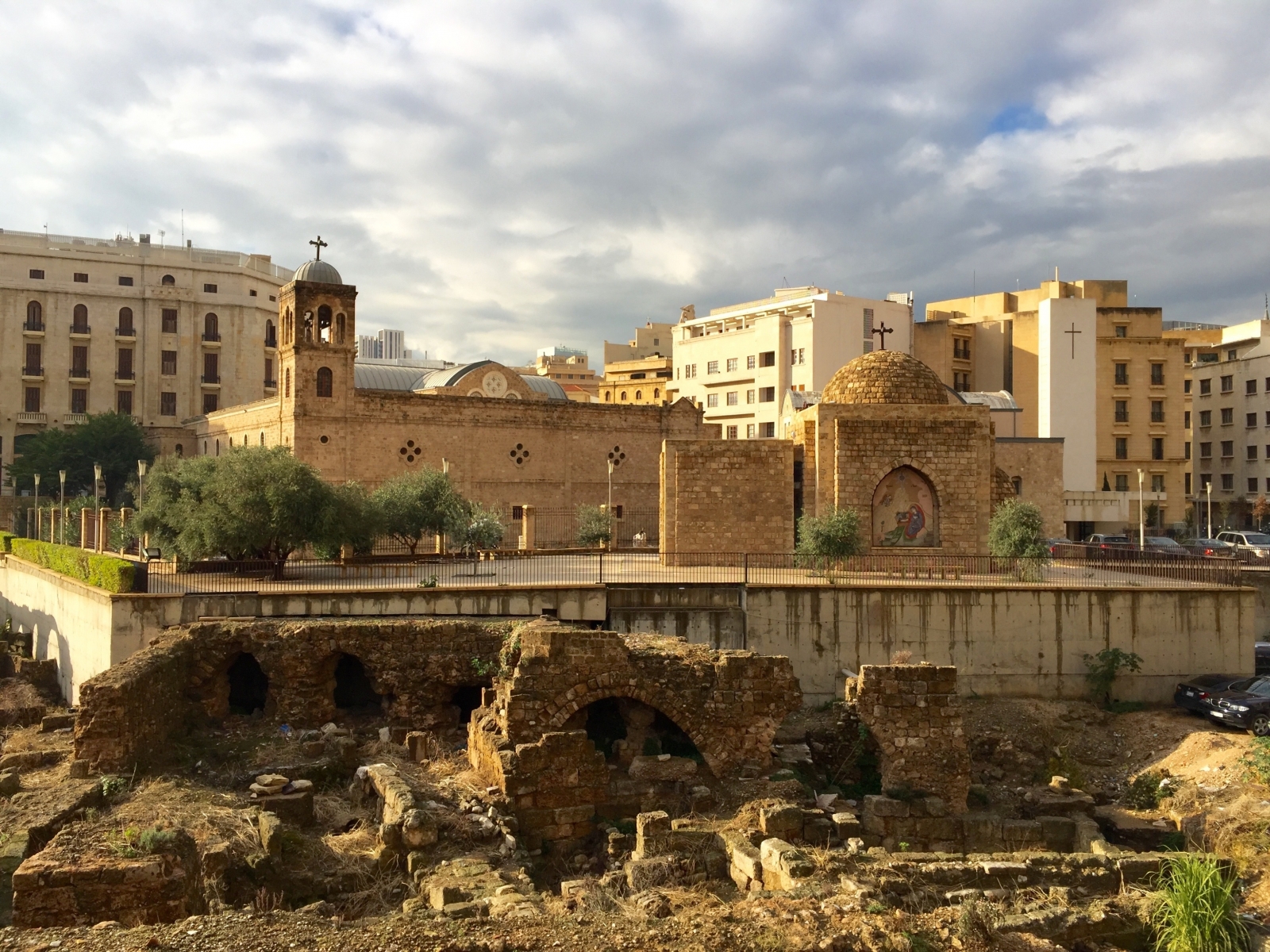
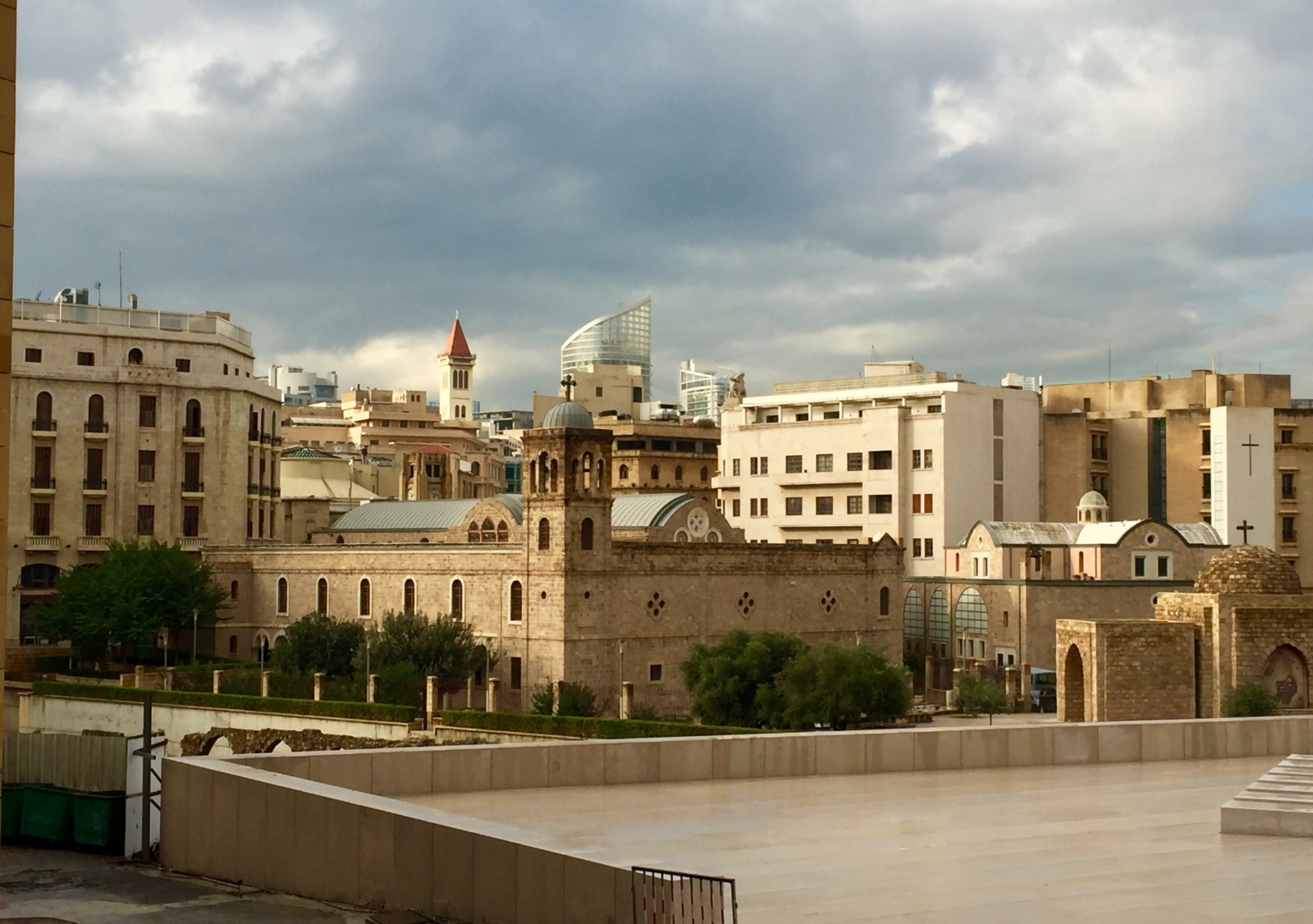
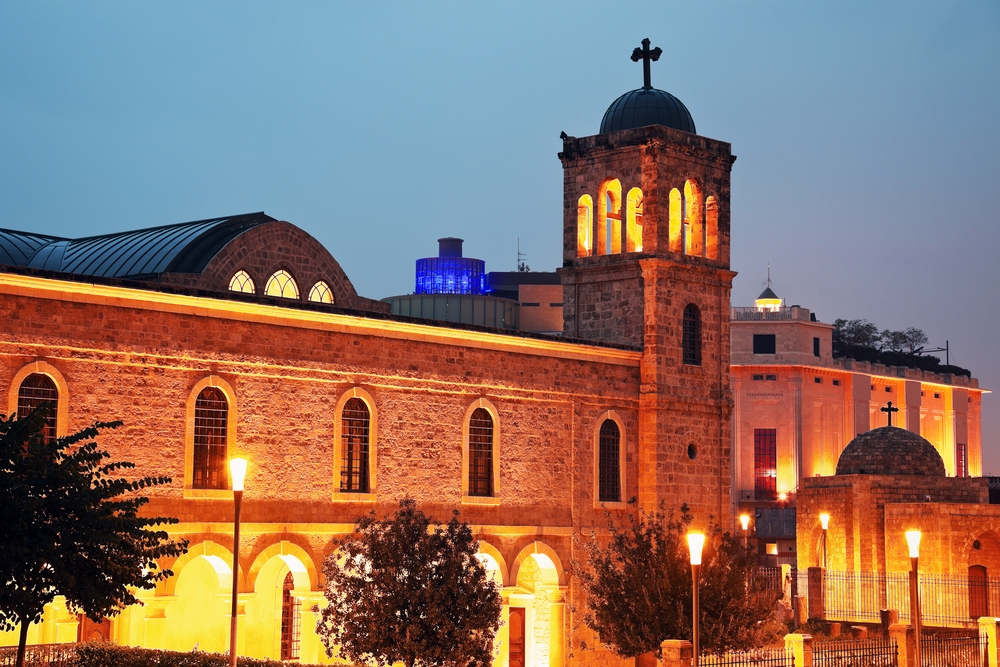
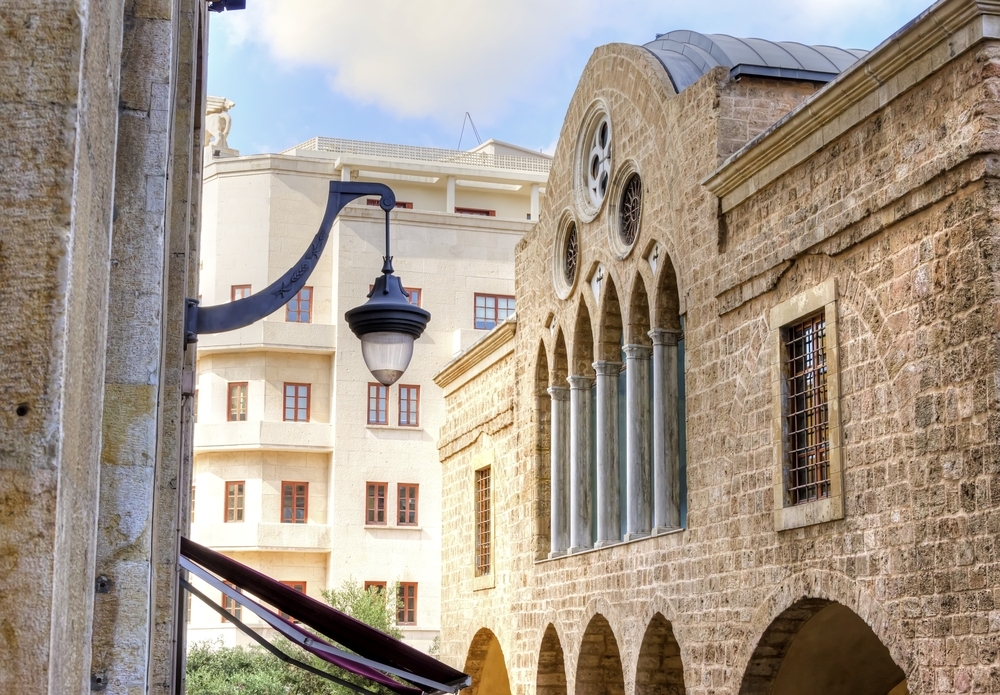
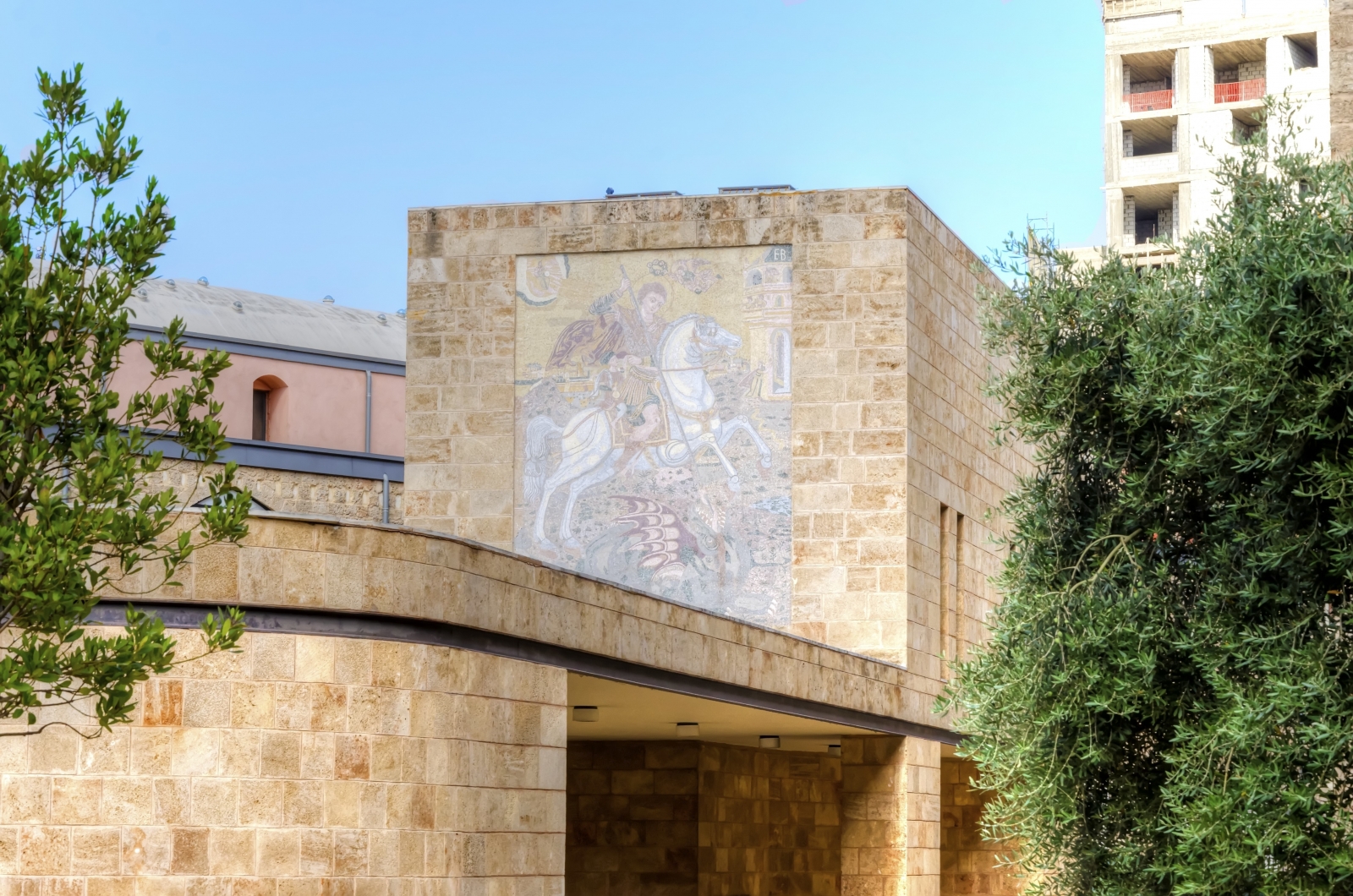

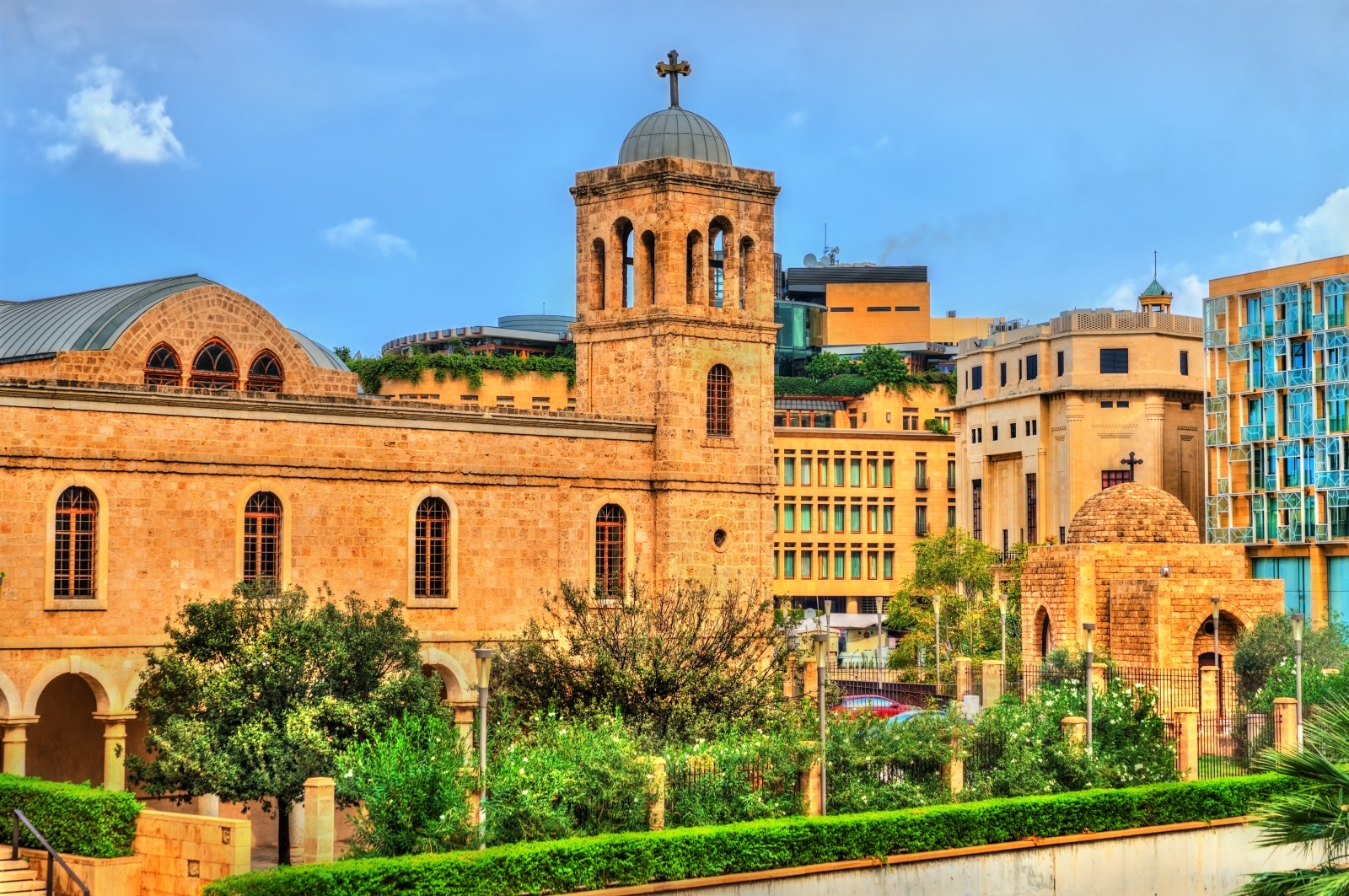
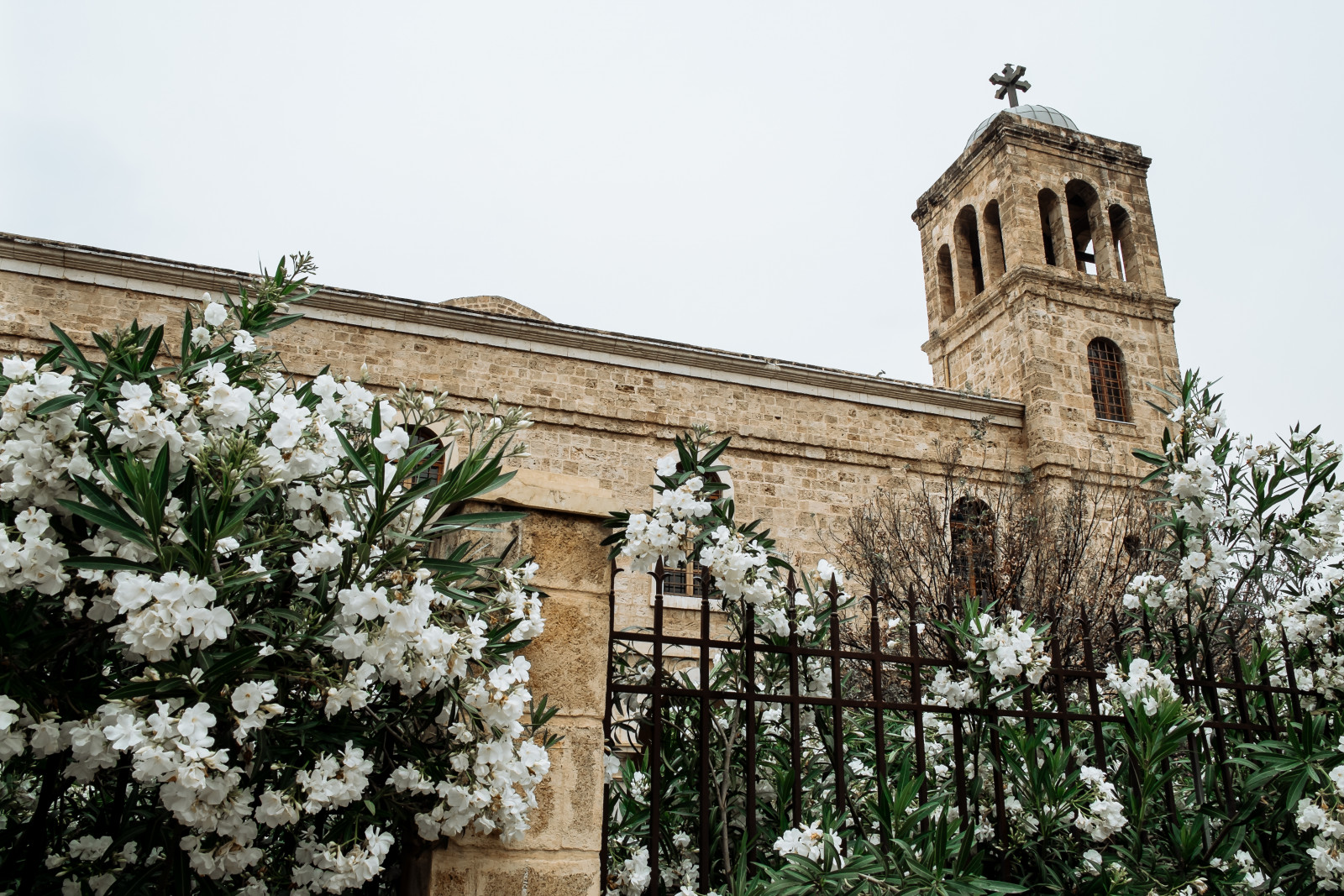
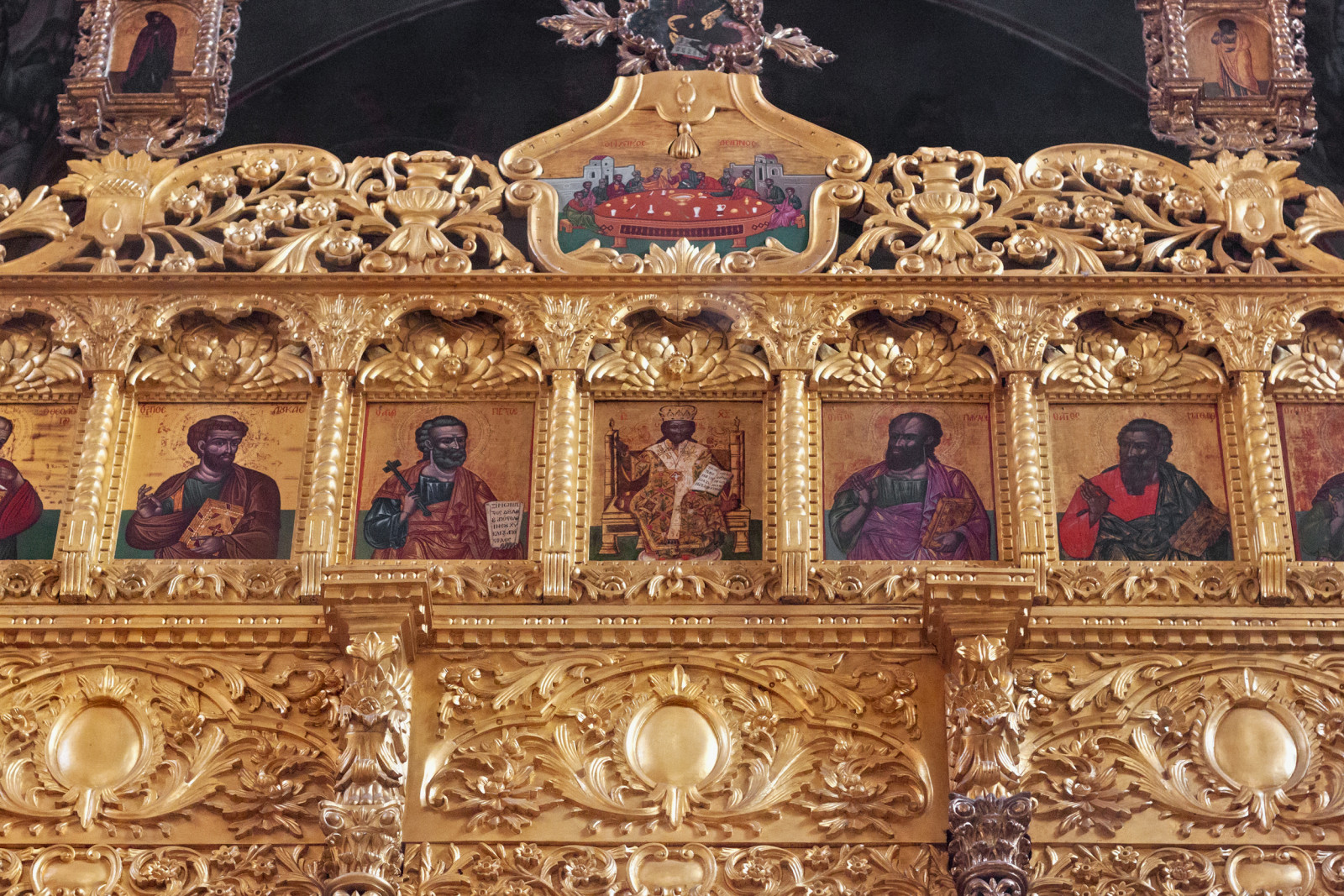
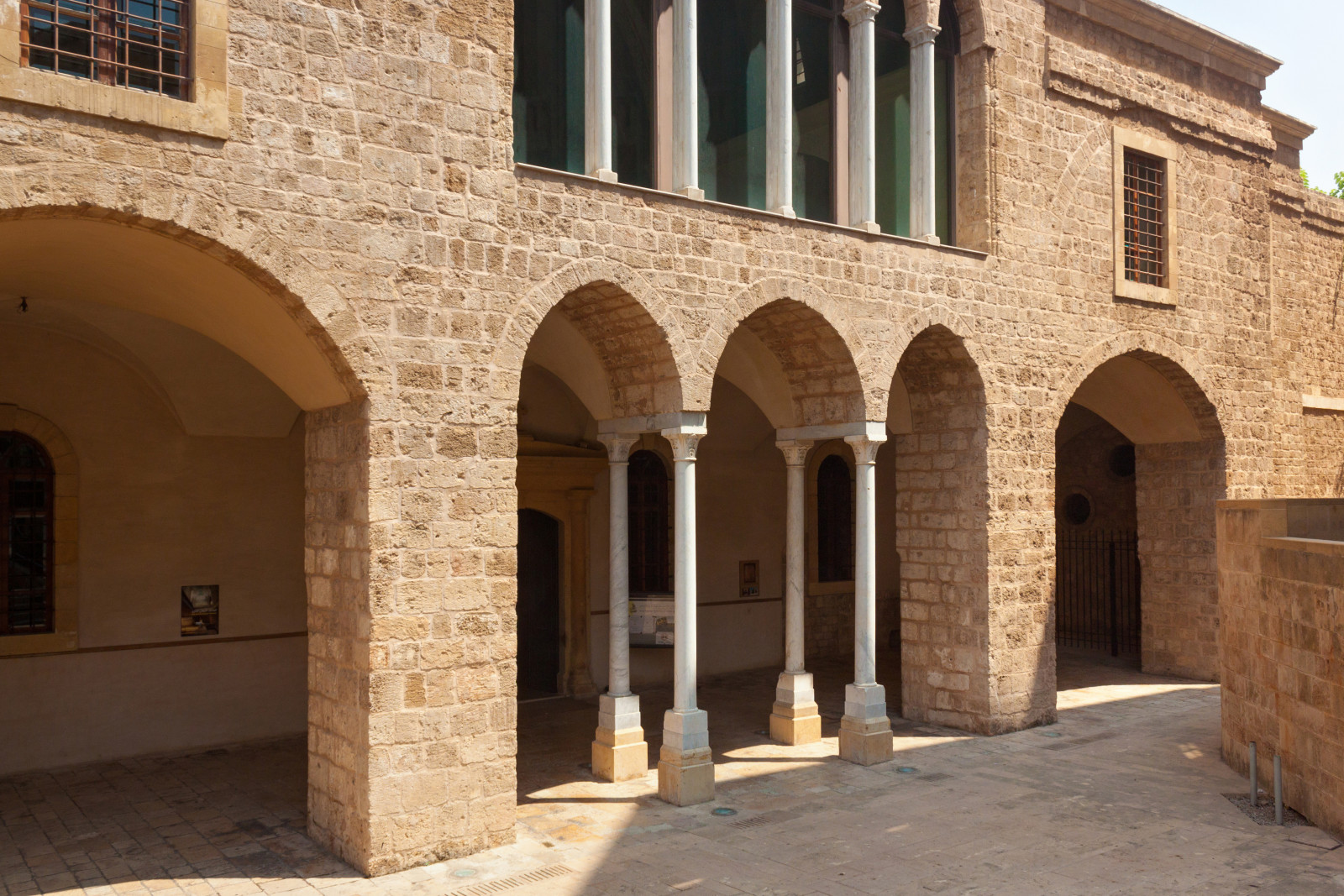
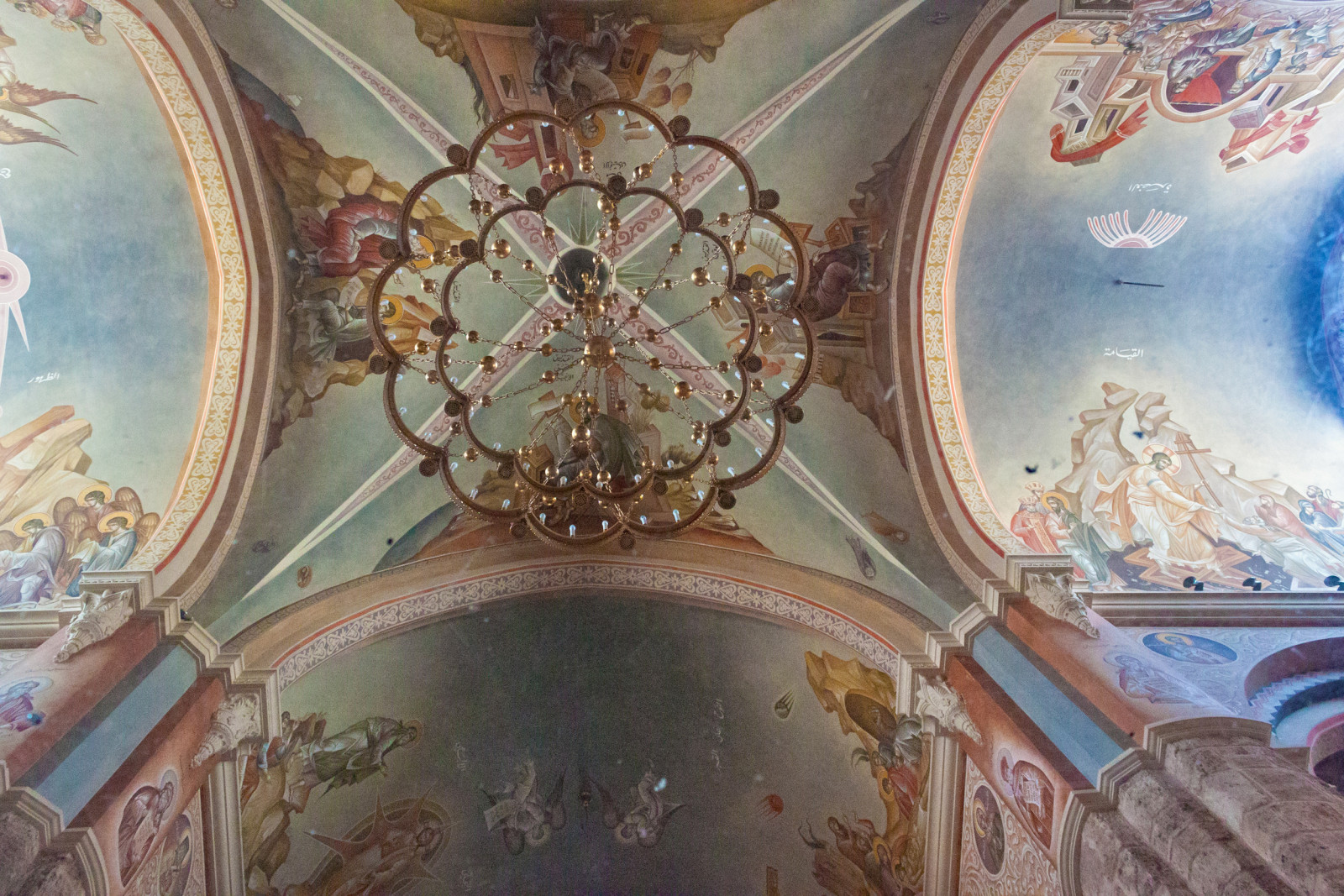
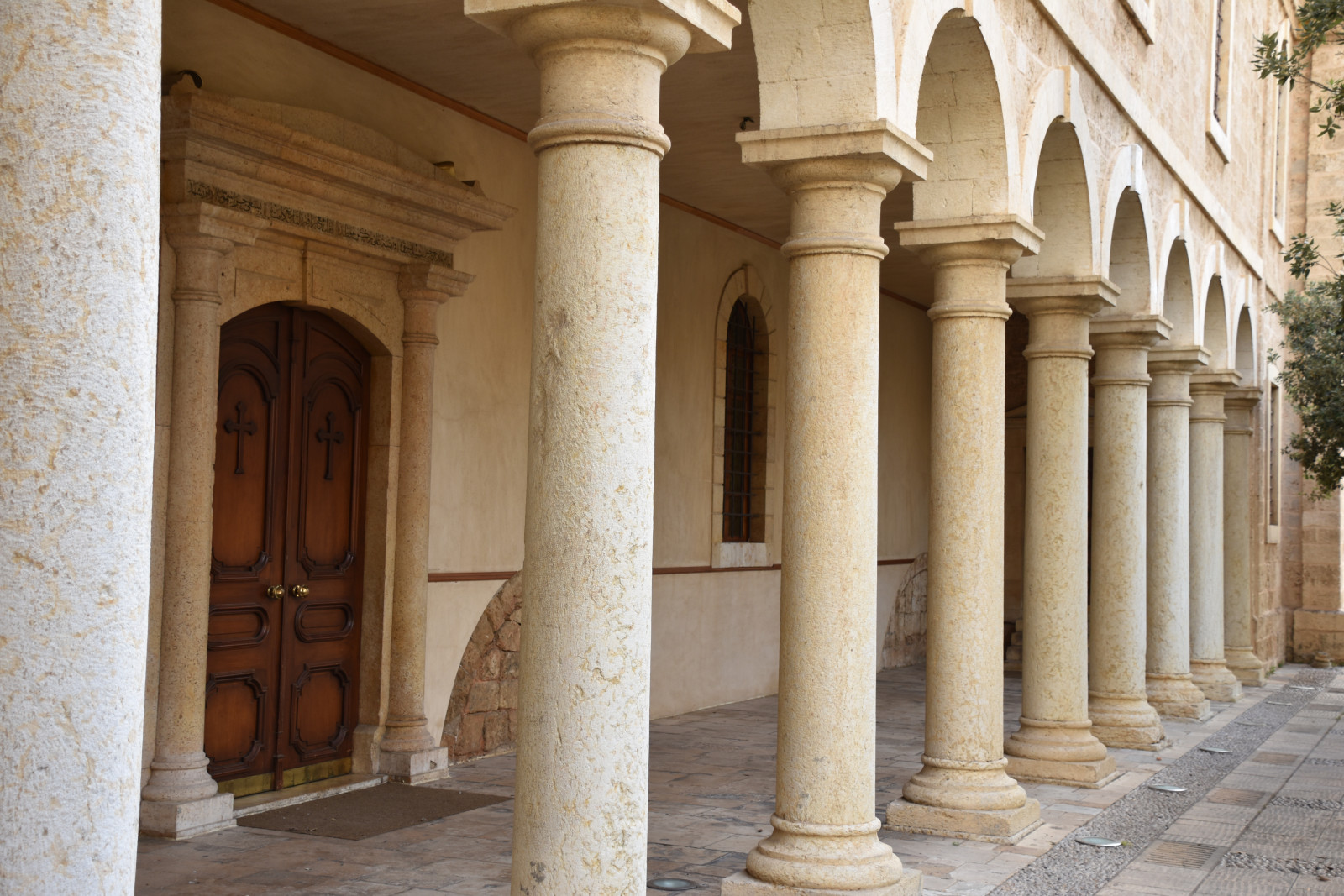
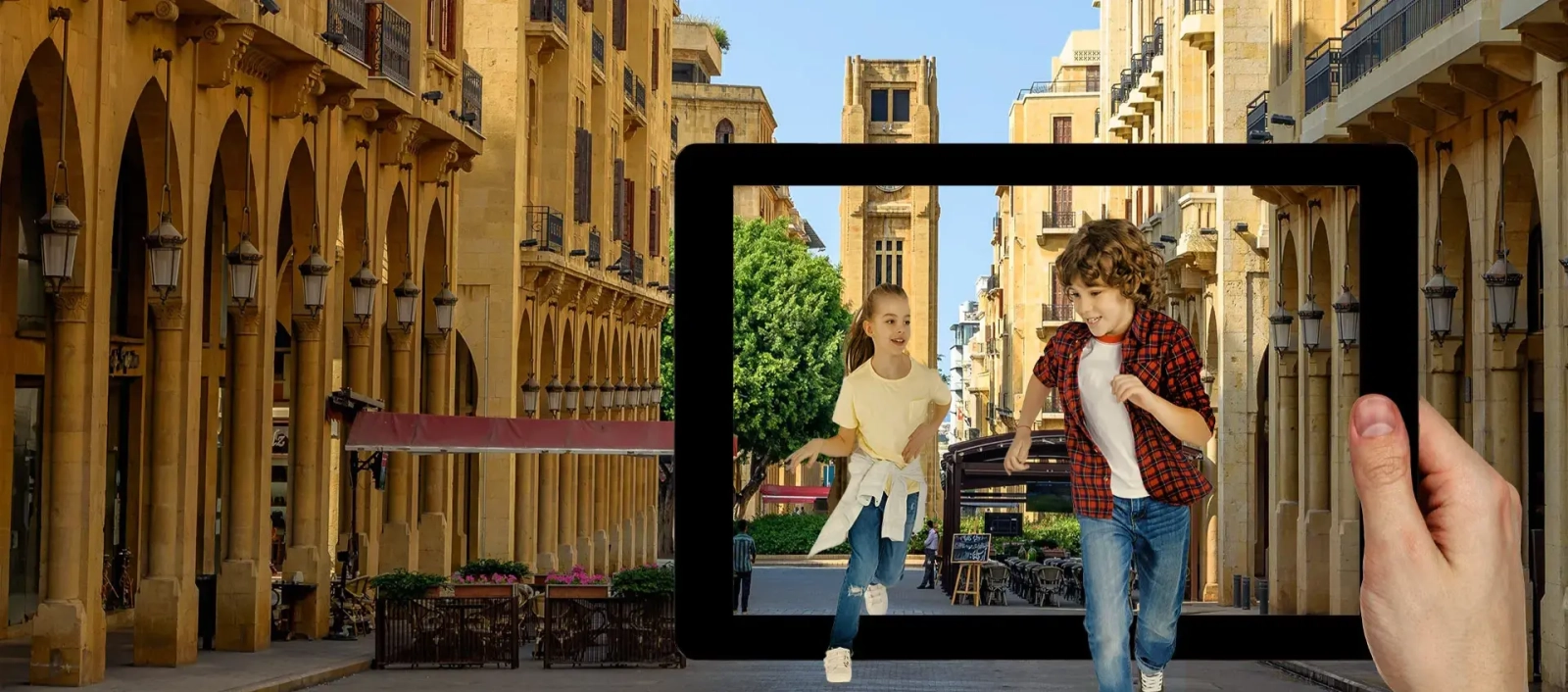
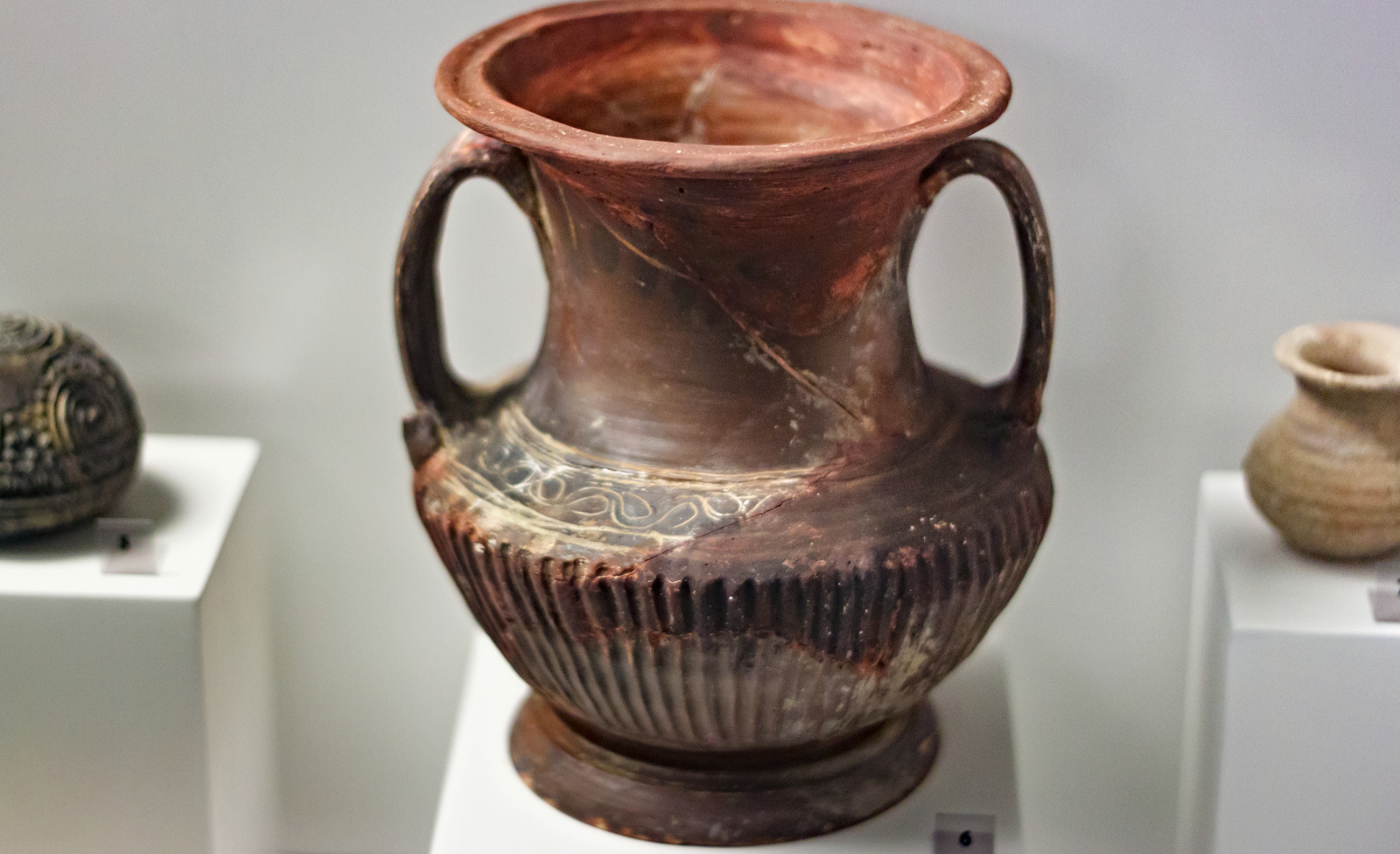
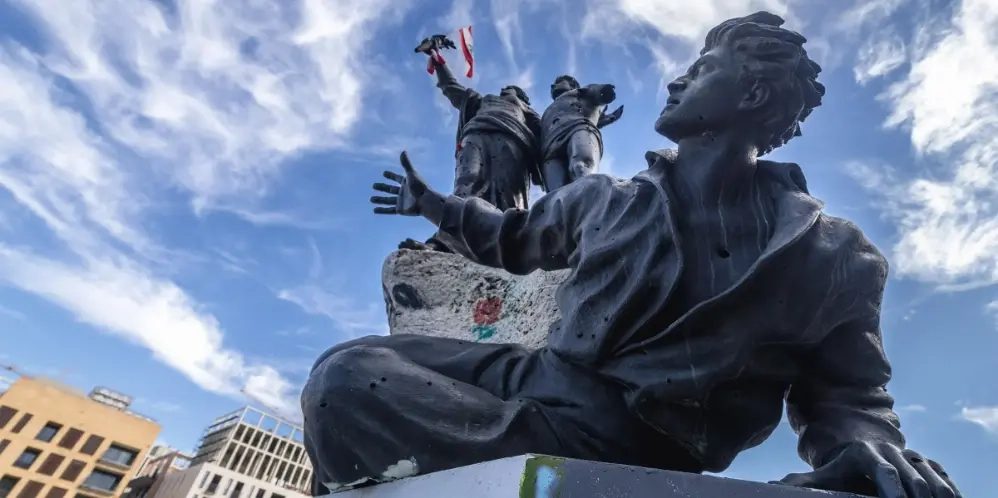



AccueilWIKIMOOVSites religieux Leaflet

Archaeological Crypt of Saint George Orthodox Cathedral of Beirut

Unveil the true heart of Beirut
Accès BusinessRejoindre MOOVTOOVous êtes un guide touristique ?Devenez Hôte MOOVTOOJ'ai lu et j'accepte la politique de confidentialité de MOOVTOO Qui sommes-nousPartenairesContactez-nousFAQMentions légalesPolitique de protection des donnéesCGU - CGVConsulter notre politique de confidentialité
Qui sommes-nousPartenairesContactez-nousFAQMentions légalesPolitique de protection des donnéesCGU - CGVConsulter notre politique de confidentialité